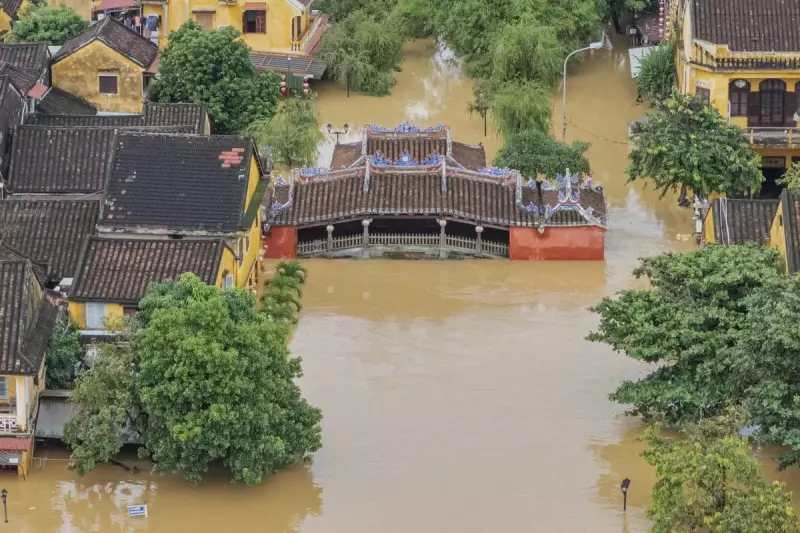
In a startling environmental revelation, scientists have uncovered a hidden crisis brewing beneath the surface of Vietnam's bustling capital city. Recent comprehensive studies of Hanoi's intricate canal network have exposed pollution levels so severe they exceed national safety standards by up to forty times.
The Invisible Threat Flowing Through Vietnam's Capital
Researchers from the Vietnam Academy of Science and Technology have conducted extensive analysis of water samples collected from multiple locations across Hanoi's canal system. Their findings paint a disturbing picture of urban environmental degradation that has largely escaped public attention until now.
The contamination levels detected are nothing short of alarming, with certain pollutants reaching concentrations that pose immediate health risks to the city's growing population of over eight million residents.
What the Science Reveals
The research team identified multiple concerning substances in the water, including:
- Heavy metals at dangerously elevated levels
- Industrial chemical residues from manufacturing processes
- High concentrations of organic pollutants from untreated waste
- Nutrient overload causing severe ecological imbalance
Dr. Le Phu Dong, lead researcher on the project, expressed grave concern about the findings. "We're witnessing an environmental emergency unfolding in slow motion," he stated. "The canal system, which should be a vital part of the city's ecosystem, has become a conduit for concentrated pollution."
Urban Development Versus Environmental Health
The crisis highlights the challenging balance between rapid urbanisation and environmental protection in Southeast Asia's growing economies. As Hanoi continues its remarkable economic expansion, the pressure on its natural infrastructure has intensified dramatically.
The canal pollution problem stems from multiple sources, including inadequate wastewater treatment, industrial discharge, and the cumulative impact of urban runoff. The situation is particularly acute in densely populated districts where the canal network serves as both drainage system and unofficial waste disposal channel.
Regional Implications and Global Concerns
This discovery has significance beyond Vietnam's borders, serving as a cautionary tale for developing nations experiencing similar urban growth patterns. Environmental scientists from the Philippines and other Southeast Asian countries have taken note, recognising parallel challenges in their own rapidly expanding cities.
The research findings underscore the urgent need for:
- Enhanced wastewater treatment infrastructure
- Stricter enforcement of industrial pollution controls
- Comprehensive environmental monitoring systems
- Public awareness campaigns about water safety
As climate change intensifies and urban populations continue to swell, the management of water resources becomes increasingly critical to public health and sustainable development throughout the region.
A Call to Action
The scientific community is urging immediate government intervention and international cooperation to address what they describe as a "preventable environmental disaster." Without swift action, they warn, the contamination could have long-term consequences for public health, agricultural safety, and the overall quality of life in one of Southeast Asia's most dynamic cities.
This research serves as both a warning and an opportunity – a chance for Hanoi to transform its polluted waterways into clean, sustainable assets that benefit both people and the environment for generations to come.





